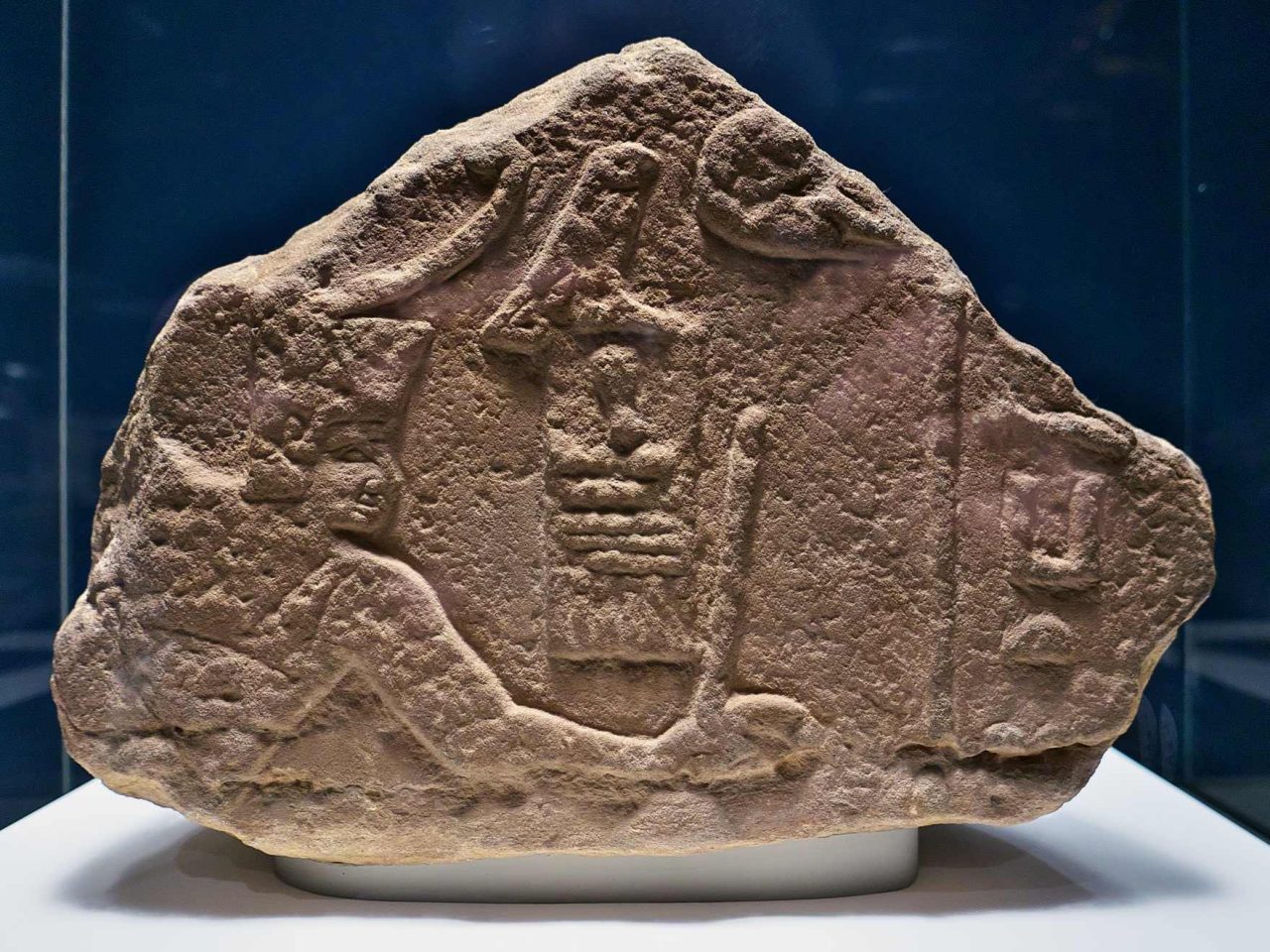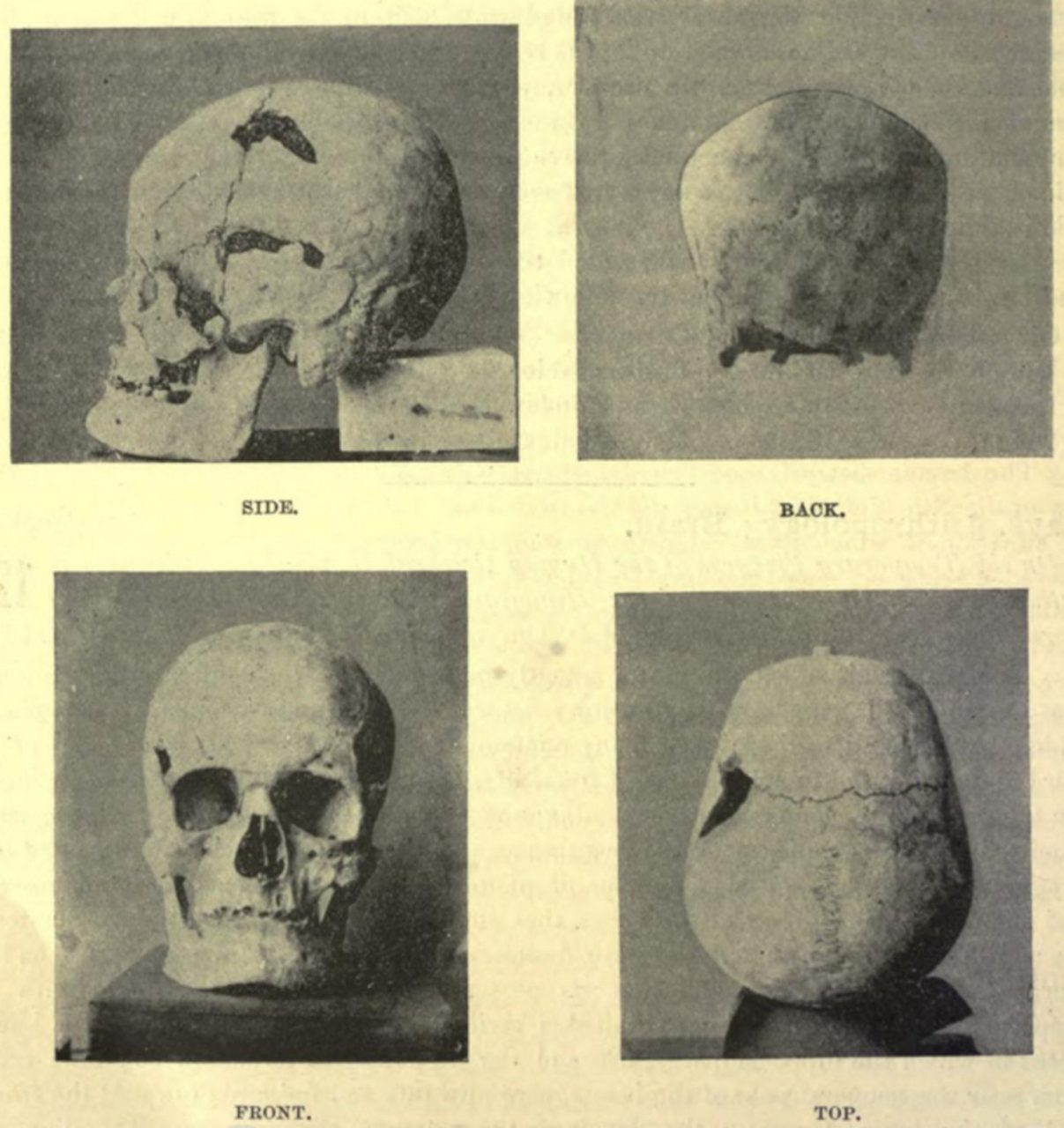The ancient Egyptian civilization has always been a source of wonder and fascination for people all over the world. From their incredible pyramids and temples to their mysterious hieroglyphics, there is always something new to discover about this ancient civilization. However, a new study has just uncovered some remarkable information about one of the most famous pharaohs of ancient Egypt. Researchers believe that the supposed remains of Sa-Nakht may be the oldest known human giant.
 Relief fragment of Sanakht in the pose of smiting an enemy. Originally from the Sinai, now EA 691 on display at the British Museum. © Wikimedia Commons
Relief fragment of Sanakht in the pose of smiting an enemy. Originally from the Sinai, now EA 691 on display at the British Museum. © Wikimedia Commons
Myths abound with stories of giants, from the frost and fire giants of Norse legends to the Titans who warred with the gods in ancient Greek mythology. However, giants are more than just myth; accelerated and excessive growth, a condition known as gigantism, can occur when the body generates too much growth hormone. This usually occurs because of a tumor on the pituitary gland of the brain.
In continuation of their investigative study on mummies, scientists have explored the remains of a skeleton discovered in 1901 within a tomb situated near Beit Khallaf in Egypt. From previous research carried out, estimations have placed the age of these bones back to the Third Dynasty of Egypt, which occurred approximately around 2700 BC.
 The possible skull of ancient Egyptian pharaoh Sanakht of the Third Dynasty. © Wikimedia Commons
The possible skull of ancient Egyptian pharaoh Sanakht of the Third Dynasty. © Wikimedia Commons
Prior work suggested that the skeleton of the man — who would have stood at up to 6 feet 1.6 inches (1.987 meters) tall — may have belonged to Sa-Nakht, a pharaoh during the Third Dynasty. Previous research on ancient Egyptian mummies suggested the average height for men around this time was about 5 feet 6 inches (1.7 m), said study co-author Michael Habicht, an Egyptologist at the University of Zurich’s Institute of Evolutionary Medicine.
Ancient Egyptian kings were likely better fed and in better health than commoners of the era, so they could be expected grow taller than average. Still, the over-6-foot-tall remains the scientists analyzed would have towered over Ramesses II, the tallest recorded ancient Egyptian pharaoh, who lived more than 1,000 years after Sa-Nakht and was only about 5 feet 9 inches (1.75 m) tall, Habicht said.
In the new study, Habicht and his colleagues reanalyzed the alleged skull and bones of Sa-Nakht. According to them, the skeleton’s long bones showed evidence of “exuberant growth,” which are “clear signs of gigantism.”
These findings suggest that this ancient Egyptian probably had gigantism, making him the oldest known case of this disorder in the world, the researchers said. No other ancient Egyptian royals were known to be giants.
Habicht stated that it is important to study how diseases have evolved over time for the field of medicine today. During the early dynasties of Egypt, it seemed that people with short heights were favored and there were many of them in royal positions. However, the reasons behind this preference are uncertain.
The fact that Sa-Nakht was buried with honours in an elite mastaba-tomb, after reaching adulthood, suggests that gigantism at the time was probably not associated with social margination, the researchers said.








